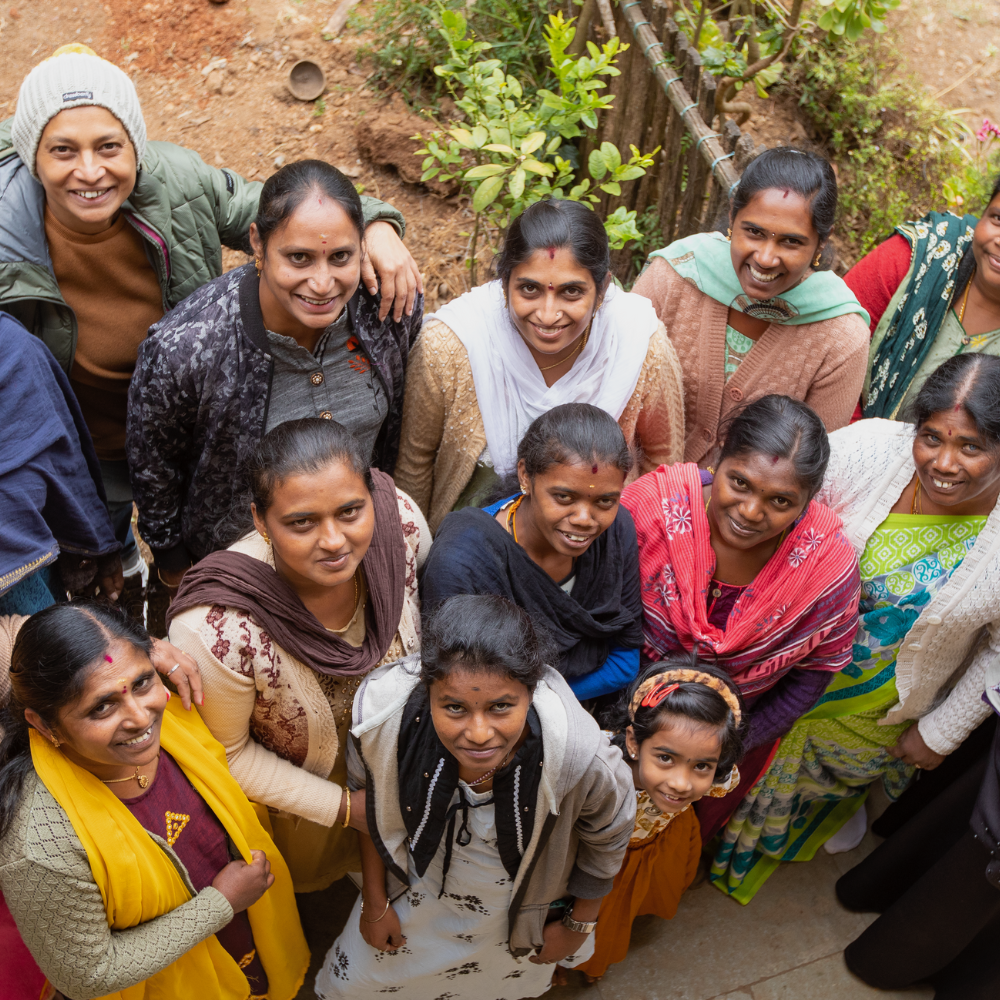
The Power of Collectives in context of rural development in India
In a world often dominated by individualism and personal ambition, collectives stand as beacons of cooperation and solidarity. They are groups of individuals, organisations, or communities working together for a common purpose, driven by a shared vision and values. These alliances harness the power of unity to achieve their goals, building trust and a supportive environment. While collectives may not be as popular as their individualistic counterparts, their significance cannot be overstated. Let's explore how they work, why they are essential, and why they remain relatively under-utilised, especially in rural India.

Collectives thrive on the principle of synergy - the belief that a group's combined efforts produce results greater than the sum of individual contributions. This synergy is achieved by sharing resources, knowledge, and responsibilities. As the renowned anthropologist Margaret Mead once said, "Never doubt that a small group of thoughtful, committed citizens can change the world; indeed, it's the only thing that ever has." Collectives epitomise this idea, as they pool their talents, resources, and passion to drive positive change.

The essence of collectives lies in the understanding that individuals are stronger together. They work because they tap into the diverse strengths of their members, allowing each person to contribute their unique skills and perspectives. As activist and author Helen Keller once noted, "Alone, we can do so little; together, we can do so much." The combined abilities and perspectives within a collective amplify their capacity to solve complex problems, advocate for change, and effect lasting improvements.

Collectives are vital for a multitude of reasons, and they can be a powerful tool for rural development in India. They provide a platform for marginalised voices and underrepresented communities to unite and advocate for their rights and interests. They create spaces for social change, enabling people to challenge oppressive systems and bring about meaningful reforms. As Nobel Laureate Muhammad Yunus observes, "Collective effort empowers the weakest to change their own destiny." In the context of rural India, collectives can bridge economic inequality, foster entrepreneurship, and impact the lives of those at the bottom of the pyramid.

Despite their numerous advantages, collectives are not as popular as they could be in rural India. Trilochan Sastry, an Indian economist and co-founder of the Association for Democratic Reforms, suggests that collectives face challenges stemming from a lack of awareness and understanding. Sastry asserts that people often underestimate the potential of collectives and may not be aware of how they can participate or benefit from them. Moreover, individualism and competition are deeply ingrained in many societies, making it challenging to shift the prevailing mindset toward cooperation and collectivism.

One remarkable example of a successful collective in rural India is the Amul cooperative. Amul, an acronym for Anand Milk Union Limited, is a dairy cooperative formed in 1946. Led by the vision of Dr. Verghese Kurien, Amul exemplifies the power of collectives. It brought together dairy farmers in Gujarat to collectively manage the procurement, processing, and marketing of milk and milk products. Amul's success is a result of its commitment to cooperative principles, including shared ownership, equitable distribution of profits, and democratic decision-making. This cooperative model empowered farmers, improved their livelihoods, and transformed India into the world's largest milk producer.

Collectives, in the context of rural development, can be a means to bridge economic inequality and foster entrepreneurship. When communities come together as collectives, they get a larger share of the economic pie, leveraging economies of scale. This empowerment enables them to access resources, technology, and markets that are often out of reach for individuals. In conclusion, collectives have the potential to drive rural development in India by bringing communities together, bridging economic disparities, fostering entrepreneurship, and leveraging economies of scale. As we look toward a more equitable and prosperous future, collectives stand as a promising path forward for rural India.


